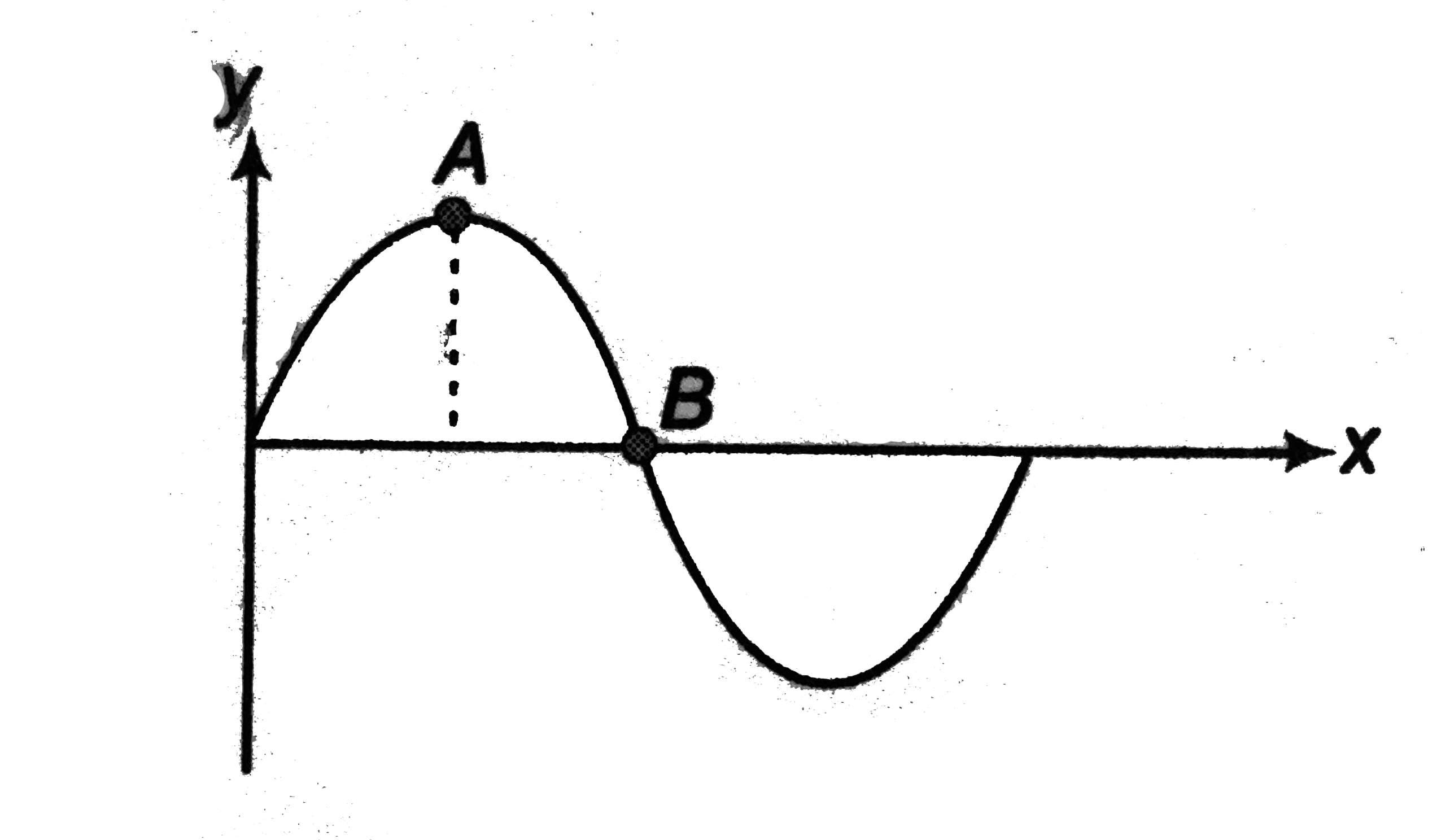A man going up has potential energy and kinetic energy both.
The correct Answer is:T
To understand why a man going up has both potential energy and kinetic energy, we can break it down step by step:
Step 1: Understanding Potential Energy
- Potential energy (PE) is the energy stored in an object due to its position or height. The formula for gravitational potential energy is:
PE=mgh
where m is the mass of the object, g is the acceleration due to gravity (approximately 9.81m/s2), and h is the height above the ground.
Step 2: Understanding Kinetic Energy
- Kinetic energy (KE) is the energy of an object due to its motion. The formula for kinetic energy is:
KE=12mv2
where m is the mass of the object and v is its velocity.
Step 3: Analyzing the Situation
- When a man is going up, he is gaining height, which means his potential energy is increasing. As he ascends, the height h in the potential energy formula increases, leading to an increase in potential energy.
Step 4: Considering Motion
- While the man is going up, he is also moving, which means he has a certain velocity. This motion gives him kinetic energy. As long as he is moving, he possesses kinetic energy.
Step 5: The Effect of Gravity
- As the man ascends, he is working against the force of gravity. If he is moving upward, his velocity may decrease as he gets tired or if he is moving against a strong gravitational pull. This means that while his potential energy increases, his kinetic energy might decrease if his speed decreases.
Conclusion
- Therefore, while going up, the man possesses both potential energy due to his height and kinetic energy due to his motion. The statement that "a man going up has potential energy and kinetic energy both" is true.
---
- Potential energy (PE) is the energy stored in an object due to its position or height. The formula for gravitational potential energy is:
PE=mgh
where m is the mass of the object, g is the acceleration due to gravity (approximately 9.81m/s2), and h is the height above the ground.
- Kinetic energy (KE) is the energy of an object due to its motion. The formula for kinetic energy is:
KE=12mv2
where m is the mass of the object and v is its velocity.
- When a man is going up, he is gaining height, which means his potential energy is increasing. As he ascends, the height h in the potential energy formula increases, leading to an increase in potential energy.
- While the man is going up, he is also moving, which means he has a certain velocity. This motion gives him kinetic energy. As long as he is moving, he possesses kinetic energy.
- As the man ascends, he is working against the force of gravity. If he is moving upward, his velocity may decrease as he gets tired or if he is moving against a strong gravitational pull. This means that while his potential energy increases, his kinetic energy might decrease if his speed decreases.
- Therefore, while going up, the man possesses both potential energy due to his height and kinetic energy due to his motion. The statement that "a man going up has potential energy and kinetic energy both" is true.
Topper's Solved these Questions
- ENERGYBOOK - ICSECHAPTER - ENERGYEXERCISE - TEST YOURSELF (FILL IN THE BLANKS)
9 Videos
- ENERGYBOOK - ICSECHAPTER - ENERGYEXERCISE - TEST YOURSELF (MATCH THE COLUMN)
1 Videos
- ELECTRICITY AND MAGNETISM BOOK - ICSECHAPTER - ELECTRICITY AND MAGNETISM EXERCISE - EXERCISE (PICTURE STUDY)
4 Videos
- FORCE AND PRESSURE : MOTION BOOK - ICSECHAPTER - FORCE AND PRESSURE : MOTION EXERCISE - EXERCISES (SECTION II) (Picture Study)
4 Videos
Similar Questions
Assertion: y−x graph of a transverse wave on a string is as shown in figure. At point A potential energy and kinetic energy both are minimum.
Reason : At point B kinetic energy and potential energy both are maximum.
View SolutionWhen a particle oscillates in simple harmonic motion, both in potential energy and kinetic energy vary sinusoidally with time. If v be the frequency of the motion of the particle, the frequency associated with the kinetic energy is :
View Solution
Knowledge Check
If EpandEx represent potential energy and kinetic energy.respectively, of an orbital electron, then, according to Bohr.s theory :
AEk=−Ep/2BEk=−EpCEk=−2EPDEk2EP
Assertion : The graph of potential energy and kinetic energy of a particle in SHM with respect to position is a parabola.
Reason : Potential energy and kinetic energy do not vary linearly with position.
View SolutionIn SHM with amplitude a, the potential energy and kinetic energy are equal to each other as displacement
View SolutionGive one example to show that the sum of potential energy and kinetic energy remains constant if friction is ignored.
View SolutionIf EpandEk represent potential energy and kinetic energy respectively of an orbital electron, then, according to Bohr.s theory :
View SolutionWhat is the ratio of magnitude of potential energy to the kinetic energy for an electron in hydrogen atom ?
View SolutionWhat is the ratio of magnitude of potential energy to the kinetic energy for an electron in hydrogen atom ?
View Solution(a) Describe potential energy and kinetic energy with proper examples.
(b) State difference between energy and power.
View Solution
